Browse
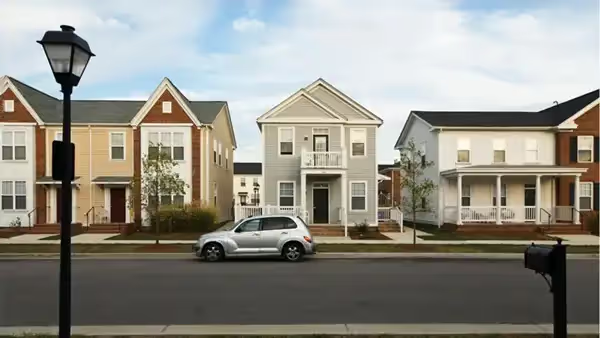
A reflection on affordability, finance, and the deep contradictions we refuse to face.
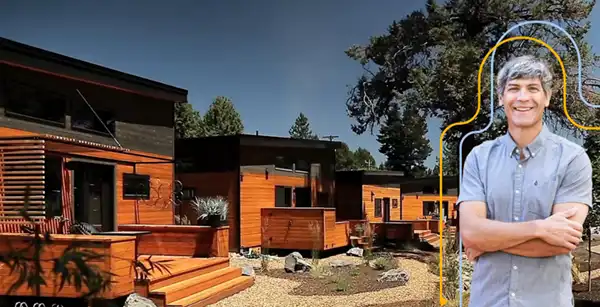
How do you grow without losing what makes your town special? In Bend, Oregon, Jesse Russell is proving it can start with smaller homes.

Calgary is cutting delays—not corners—to deliver more housing where it’s needed. And your city should be paying attention.

Bangor, Maine, isn’t holding out for silver bullets. It’s getting to work—clearing the way for more homes in creative, community-minded ways.

A couple of weeks ago, Chuck did a Q&A about how the book “Abundance” differs from the Strong Towns approach. There were some good questions, so we’ve consolidated his answers here.

When we recognize the housing crisis as a systems and strategy problem, we realize that there is no shortage of things cities can do right now to address it.

Charlotte, North Carolina, is in the middle of a housing crisis. Churches are stepping up to help.

Some call it watered down, others call it overreach. But there’s no denying this new Texas bill nudges housing policy in the right direction.

Iowa’s new ADU law puts power in the hands of homeowners, not just developers—and makes it easier for grandma to stay close to home.

It’s time to make the beloved housing solution that turned Chicago into a bustling, modern city legal again.

Portland’s zoning overhaul is producing what every city says it wants: more homes people can actually afford.

In Lawrence, Indiana, a new housing task force is turning local tools into real solutions to tackle the town’s growing housing crisis head-on.

To build a strong city, you first have to understand the building blocks you’re working with and how they fit together.

By clearing the path for more homes in more places, these places aren’t just tweaking policy—they’re rewriting the rules to build stronger, more resilient communities.
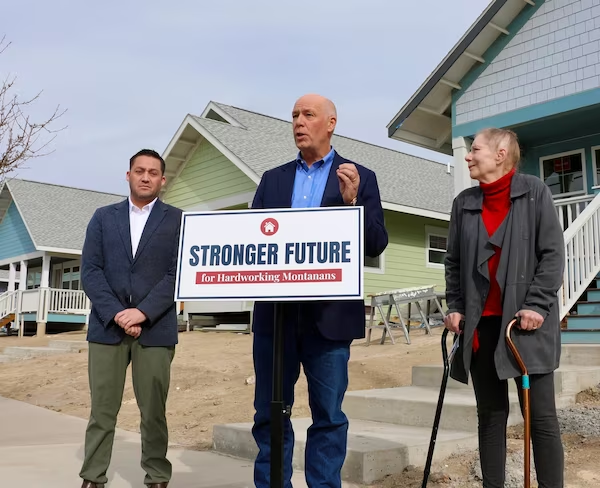
While many states grapple with housing shortages and affordability issues, Montana is proactively implementing policies to address these challenges head-on.

The problem isn’t that we haven’t sprawled enough. It’s that sprawl creates fragile places instead of resilient ones.
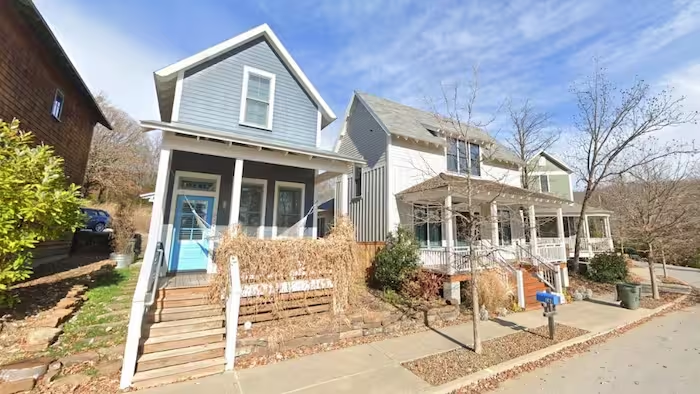
Reducing minimum lot sizes can unlock the potential for smaller, more affordable homes while meeting the needs of the community. Here’s how one developer got community support and multiplied housing availability.

The Federal Reserve just cut interest rates. Some people are celebrating the move as making housing more attainable, but it's really just reinforcing the housing trap. Need proof? Look no further than the 40-year mortgage.

The U.S. is in a massive housing bubble fueled by widespread fraud. With banks incentivized to look away and Wall Street and Washington incentivized to keep housing prices artificially high, a bottom-up approach is the only hope for bringing sanity back to the housing market.
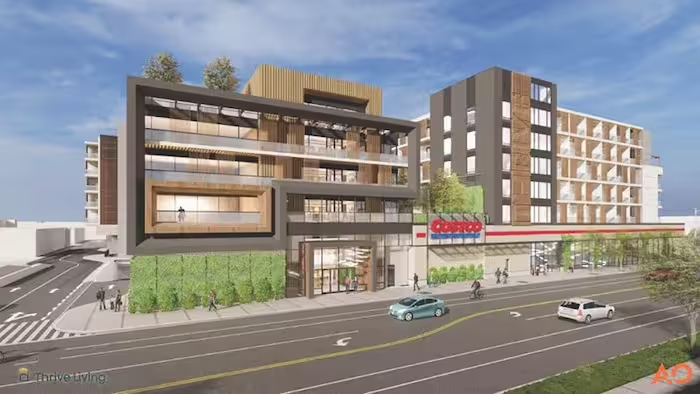
To skip delays and debate, a California Costco added 400,000 square feet of housing to its plans — a move that unlocked a faster approval process.
Rates of loneliness and unhappiness are on the rise in the United States, but our European counterparts don’t seem to have the same problem. Why? Part of the reason is the way our built environment isolates us.
As prices rise, housing affordability has become an increasingly popular topic of discussion across North America. However, in our current system, affordable housing is an oxymoron: Housing is treated as an investment, and good investments constantly increase in price. To escape this paradox, we must change the way we think about housing.
Like so many places, Muskegon, MI, has a shortage of housing and a surplus of vacant lots. That’s why it’s enacted a program that allows it to redevelop those lots into affordable housing—at a low risk to the city.
